From the June 5, 2002 issue of the Chicago Reader. — J.R.
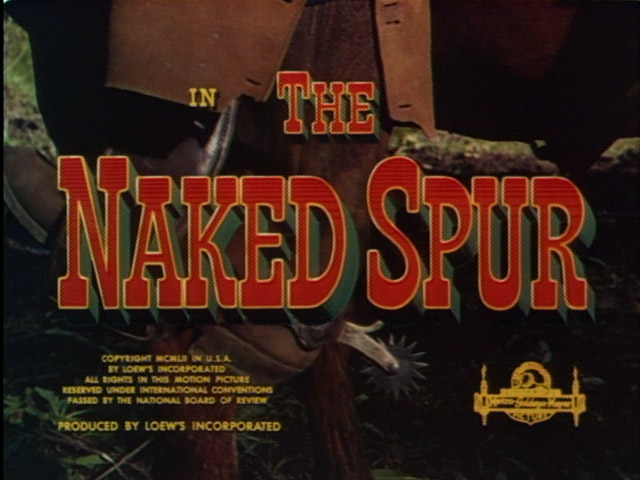
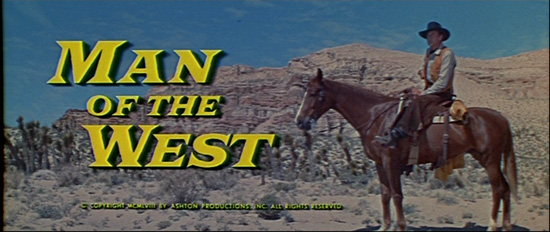
The Naked Spur
**** (Masterpiece)
Directed by Anthony Mann
Written by Sam Rolfe, Harold Jack Bloom
With James Stewart, Janet Leigh, Robert Ryan, Ralph Meeker, and Millard Mitchell.
Man of the West
**** (Masterpiece)
Directed by Anthony Mann
Written by Reginald Rose
With Gary Cooper, Julie London, Lee J. Cobb, Arthur O’Connell, Jack Lord, John Dehmer, Royal Dano, and Robert Wilke.

Q: What is the starting point for The Naked Spur?
A: We were in magnificent countryside — in Durango — and everything lent itself to improvisation. I never understood why almost all westerns are shot in desert landscapes! John Ford, for example, adores Monument Valley, but I know Monument Valley very well and it’s not the whole west. In fact, the desert represents only one part of the American west. I wanted to show the mountains, the waterfalls, the forested areas, the snowy summits — in short to rediscover the whole Daniel Boone atmosphere: the characters emerge more fully from such an environment. In that sense the shooting of The Naked Spur gave me some genuine satisfaction. –Anthony Mann in a 1967 interview

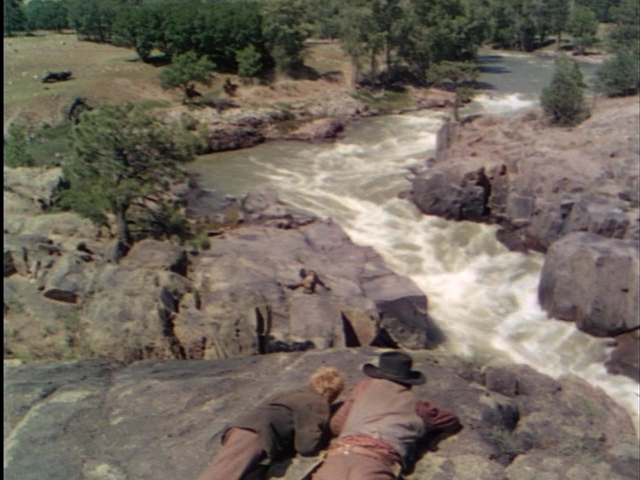
This seems to be landscape week at the Gene Siskel Film Center, with Abbas Kiarostami’s sublime Where Is the Friend’s House? Read more
From the Chicago Reader (September 20, 1991); reprinted in Placing Movies. — J.R.

I have noticed that people who were loved or felt they were loved seemed to lead fuller, happier lives. All of my own work in theater and film has been concerned with varying themes of this love.
A Woman of Mystery has to do with an unexplored segment of our society, referred to as the homeless, bag ladies, winos, bums — labels that are much easier for the public to deal with than the individual.
It has been difficult to explore this particular woman of mystery. She is not only homeless (if homeless means without the comfort of love) but she is nameless, without the practical application of social security, or any other identity. Alone, she clings to her baggages on the street.
Our heroine enters into a series of encounters that challenge her isolation, her inability to communicate. A young woman passerby seems to feel that this woman with the suitcases is the reincarnation of her dead mother. An emotional dismissal of the younger woman causes the woman’s memory to play tricks on her. A young man seems to touch unexplained dependency in her and a clerk at a travel bureau gets dangerously close to exchanging love. Read more
From the Chicago Reader (September 15, 2006). — J.R.

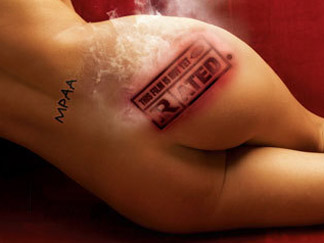
Half Nelson
**** (Masterpiece)
Directed by Ryan Fleck | Written by Anna Boden and Fleck | With Ryan Gosling, Shareeka Epps, Anthony Mackie, Monique Gabriela Curnen, Karen Chilton, and Tina Holmes
This Film Is Not Yet Rated
** (Worth seeing)
Directed by Kirby Dick | Written by Dick, Eddie Schmidt, and Matt Patterson
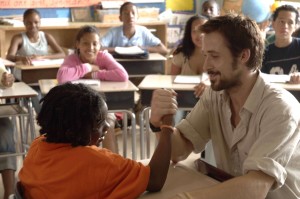
Half Nelson is open about its radical politics — remarkable at a time when most mainstream movies are being marketed as apolitical. But of course most movies have biases, the most common of which is a belief that the world can be meaningfully divided into good guys and bad guys. The real issue isn’t whether there’s pure good or pure evil in the world, as Bush keeps insisting. It’s whether we’re willing to view the world as nuanced and complex. If as Americans we believe we’re the good guys regardless of what we do — even if that includes torturing and killing as many innocent people as we deem necessary to defeat the bad guys — then we’re more likely to lose sight of what’s actually being done. It’s not hard to conclude that Saddam Hussein and Osama bin Laden are bad guys, but when Americans helped arm them both did that make us bad guys too? Read more
From the Chicago Reader (September 8, 2006). — J.R.
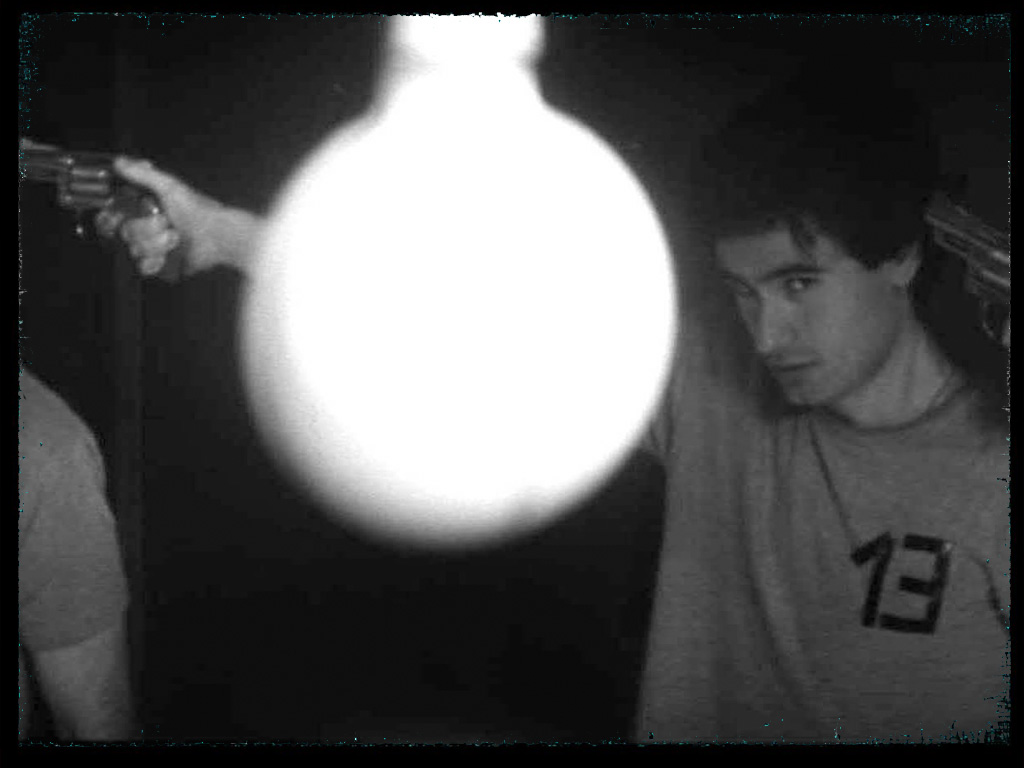
13 (Tzameti)
* (Has redeeming facet)
Directed and written by Gela Babluani
With Georges Babluani, Olga Legrand, Philippe Passon, Aurelien Recoing, Vania Vilers, and Nicolas Pignon

An English-language remake of this French thriller is already in development. But the film recycles so much I’d be surprised if it doesn’t get recycled in turn.
Fight Club has been cited as one of the key models for Gela Babluani’s 13 (Tzameti), but Michelangelo Antonioni’s The Passenger (1975) seems far more relevant, at least for its first half. In The Passenger an American journalist (Jack Nicholson) on an aborted assignment in North Africa encounters the corpse of a man he met earlier in his hotel and decides on impulse to take over the man’s identity, turning up for all of his appointments and seeing what happens. They lead into espionage and arms sales for a terrorist group, and as the journalist proceeds to Spain to keep the appointments, he does his best to elude people who are chasing him down in one or the other of his two identities.
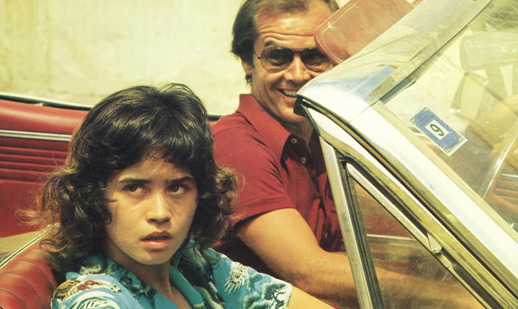
The hero of 13 (Tzameti), a 22-year-old Georgian laborer named Sebastien (Georges Babluani, a younger brother of the filmmaker), struggling in a French seaside town to support his family, is replacing the roof of a neighbor’s house when he overhears that the neighbor (Philippe Passon), a feeble morphine addict, is expecting a package in the mail that will make him and his wife (Olga Legrand) wealthy. Read more












